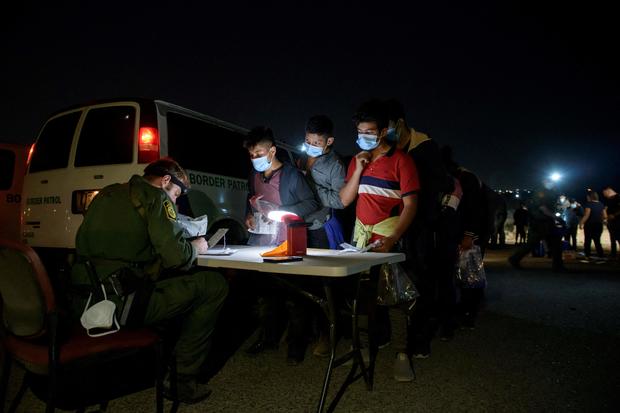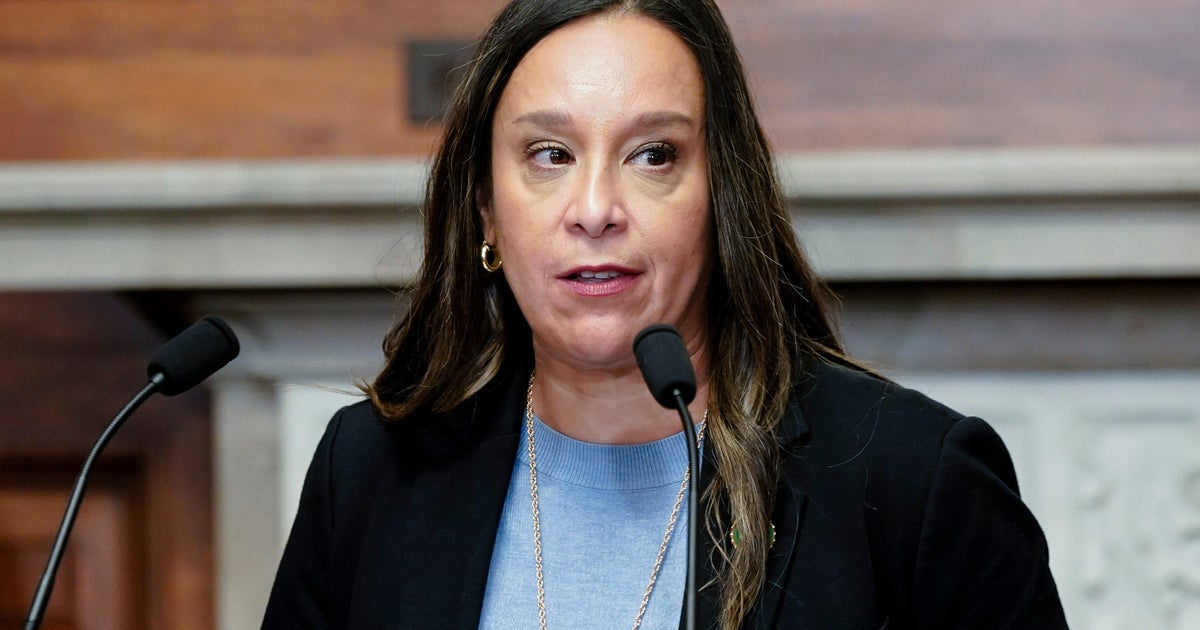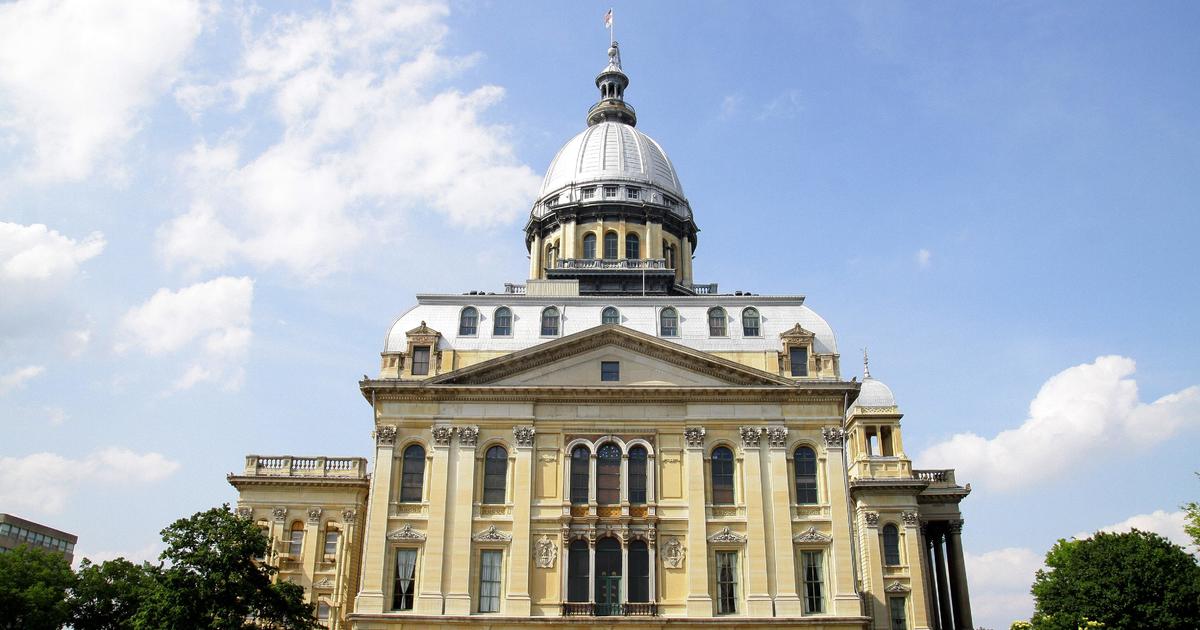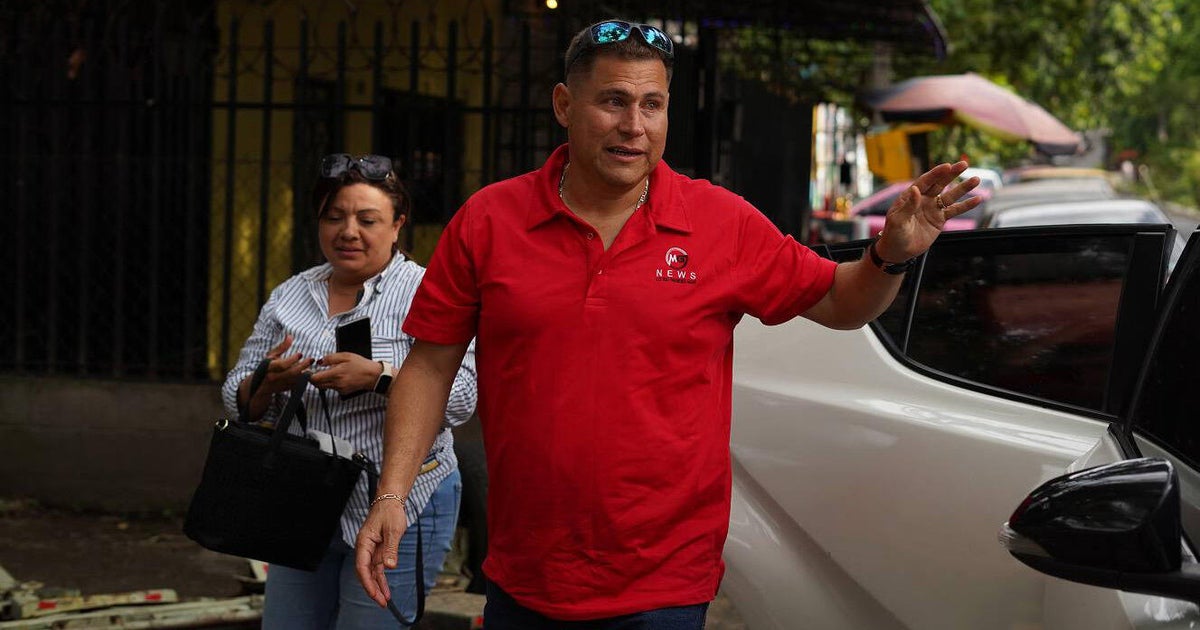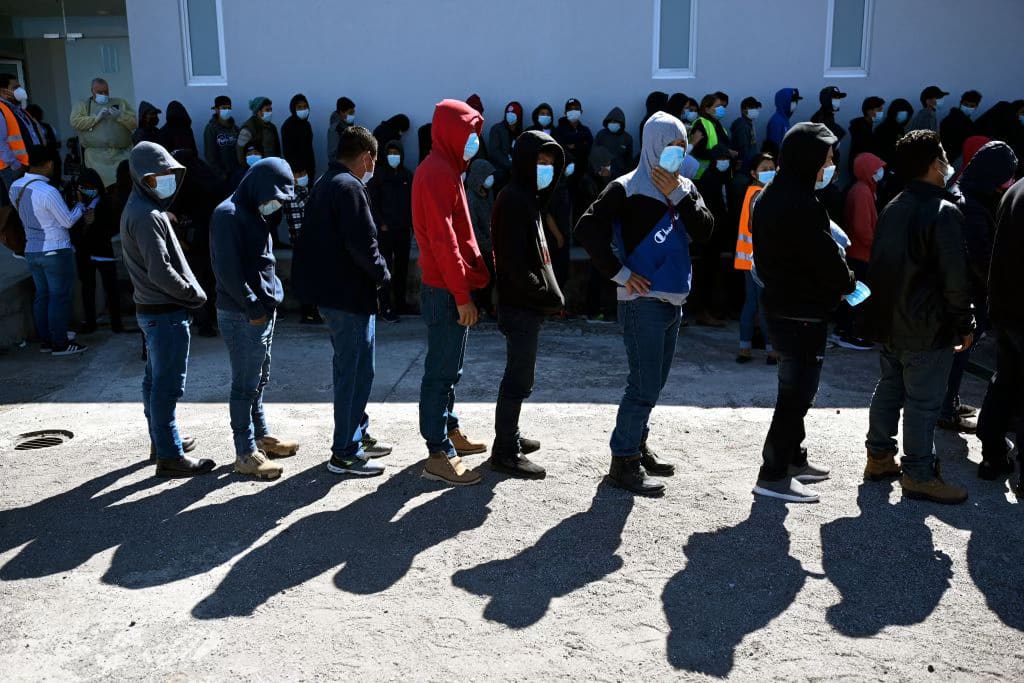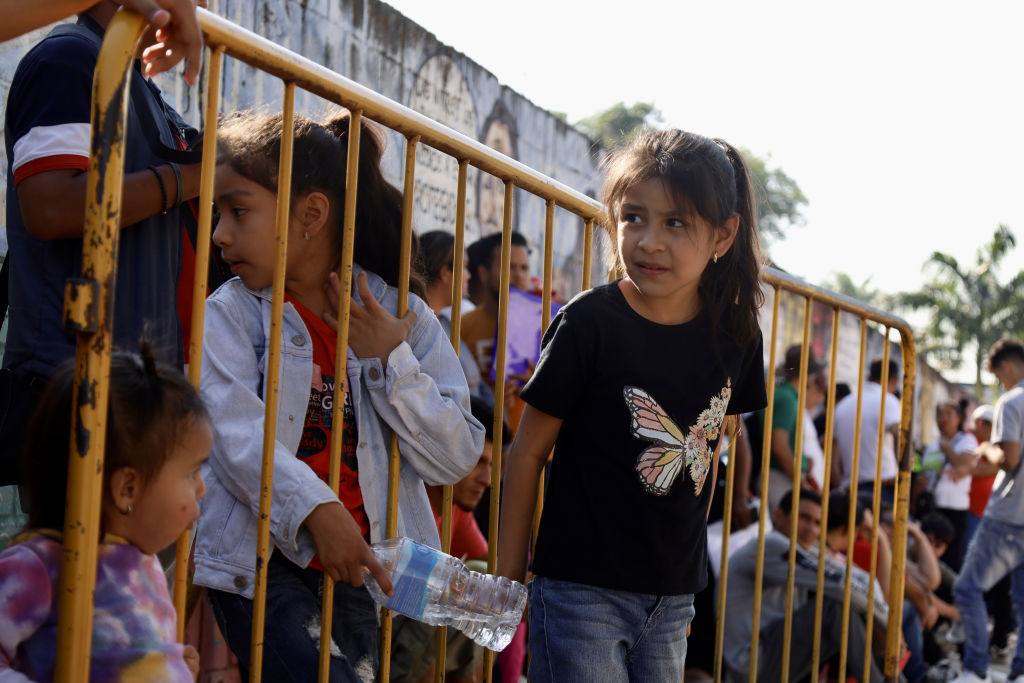Biden officials defend border response as number of migrant children in U.S. custody tops 20,000
The Biden administration is defending its response to the historic number of migrant children crossing the U.S.-Mexico border alone, touting efforts to open more than 20,000 beds for the minors, as well as assistance to Central American communities suffering from poverty, violence and natural disasters.
"We have made significant progress," one senior Biden administration who requested anonymity said during a call with reporters on Wednesday.
The official, however, cautioned that "nobody should have the expectation this is going to be solved overnight," saying the Biden administration is digging itself out of a "hole" created by former President Donald Trump's asylum restrictions and reluctance to expand shelter bed space for migrant children.
Nearly 18,900 unaccompanied migrant children entered U.S. custody along the border with Mexico in March, the highest monthly tally in history, according to government data published Thursday. On Wednesday, there were more than 20,000 unaccompanied minors in U.S. government custody — also a record high.
The sharp rise in migrant children arriving at the southern border without parents has depleted bed space in shelters overseen by the Department of Health and Human Services (HHS), which is charged with housing unaccompanied minors until it can place them with relatives in the U.S. The lack of shelter beds has created a massive bottleneck of unaccompanied children in overcrowded and ill-suited Border Patrol facilities.
On Wednesday, Border Patrol tents and stations were holding about 4,200 unaccompanied children, down from more than 5,700 last week. In the past few days, Border Patrol has been able to transfer more minors out of its custody than it received. The number of children in HHS-overseen shelters and emergency housing facilities has simultaneously reached record levels, surpassing 16,000 on Wednesday.
Biden administration officials said the recent progress in getting children out of the Border Patrol lockups can be partly attributed to HHS' efforts to dramatically expand its bed capacity. HHS' refugee office is set to open at least 11 emergency housing sites with 18,200 beds at convention centers, work camps, a church hall and military posts in Texas and California.
The Office of Refugee Resettlement has also increased capacity at its network of state-licensed shelters by adding 500 new beds and reactivating more than 1,500 beds that had been taken offline to implement social distancing last year, an administration official said.
The refugee agency has secured the assistance of the Federal Emergency Management Agency and hundreds of volunteers from across the federal government who have been assigned to facilitate the release of migrant children to sponsors. The agency has also created an expedited process for the release of unaccompanied minors with parents in the U.S. willing to care for them — a move designed to make room in shelters for new arrivals.
The administration officials on Wednesday's briefing said these efforts will ease the logistical challenges posed by the record numbers of unaccompanied children entering U.S. custody, but they noted that unauthorized migration to the U.S. southern border will continue to be a reoccurring issue unless conditions in Central America improve and legal avenues of immigration are set up.
Earlier in the week, the U.S. Agency for International Development announced it was dispatching a disaster response team to Central American communities struggling with drought, food insecurity and the devastation of last year's back-to-back hurricanes.
The State Department has also reinstated an Obama-era program terminated by the Trump administration that allows some Central American children to enter the U.S. under refugee or parole status if they have family members living in the country with legal status.
An administration official said congressional authorization is needed to enhance penalties for migrant smuggling; expand infrastructure to process asylum-seekers; hire more judges and asylum officers; and create legal immigration pathways for Central Americans seeking to come to the U.S to reunite with family or to work.
Overall, U.S. officials made 172,000 apprehensions along the southern border in March, a 15-year monthly high. Nearly 104,000 of the apprehensions — or 60% of them — turned into rapid expulsions under a Trump-era public health measure known as Title 42.
About 28% of the migrants processed under the Title 42 authorities had been previously expelled by U.S. border agents, according to an administration official. "The levels of flows pose a challenge to Border Patrol but the high level of recidivism means that we can't look at those flows as individual people. It's often the same people coming back through," the official said.
The Biden administration has so far declined to reinstate the Trump-era practice of using the Title 42 public health authority to expel unaccompanied children. It has also been applying the policy on fewer families.
About 67% of the nearly 53,000 migrant parents and children taken into U.S. border custody as families in March were processed under immigration law and allowed to stay in the country while their cases are adjudicated. An administration official said the high number of families allowed to stay stems from Mexico's reluctance to accept Central American families with young children in the state of Tamaulipas and the inability to expel certain nationalities to Mexican territory.
The official also conceded that border agents have recorded some cases of families allowing their children to enter U.S. custody unaccompanied, fearing that they will be expelled if they travel together.
The Title 42 border expulsions were first authorized in March 2020 by then Centers for Disease Control and Prevention (CDC) Director Robert Redfield, who argued the policy would prevent coronavirus outbreaks inside migrant holding facilities. Asked about the effectiveness of the Title 42 policy given its inconsistent application and unintended consequences, an administration official said there were no new policy announcements.
"We are doing our best to expel under Title 42 authority where we can and where there is capacity on the Mexican side," the official added.
Andrew Selee, president of the nonpartisan Migration Policy Institute, said the inconsistent enforcement of the CDC-authorized expulsions is inflating the number of single adults being apprehended, prompting families to cross into the U.S. through dangerous parts of Mexico and contributing to the historic increase in arrivals of unaccompanied children.
"There could be a point at which the public health benefits and the deterrent effects of Title 42 are no longer terribly significant and some of the unintended consequences are — and it outlives its usefulness," Selee told CBS News.
During Wednesday's call, an administration official said the U.S. government ultimately wants to process asylum-seekers at official border ports, highlighting the admission of certain migrants forced by the Trump administration to wait in Mexico for their court hearings as a model to follow. More than 5,000 asylum-seekers enrolled in the now-defunct Migrant Protection Protocols (MPP) have been allowed to enter the U.S. under the process, which involves coronavirus testing in Mexico.
"What we are trying to move toward is safe and orderly processing at ports of entry," the official added. "The MPP wind down is a good example of a really successful program."

